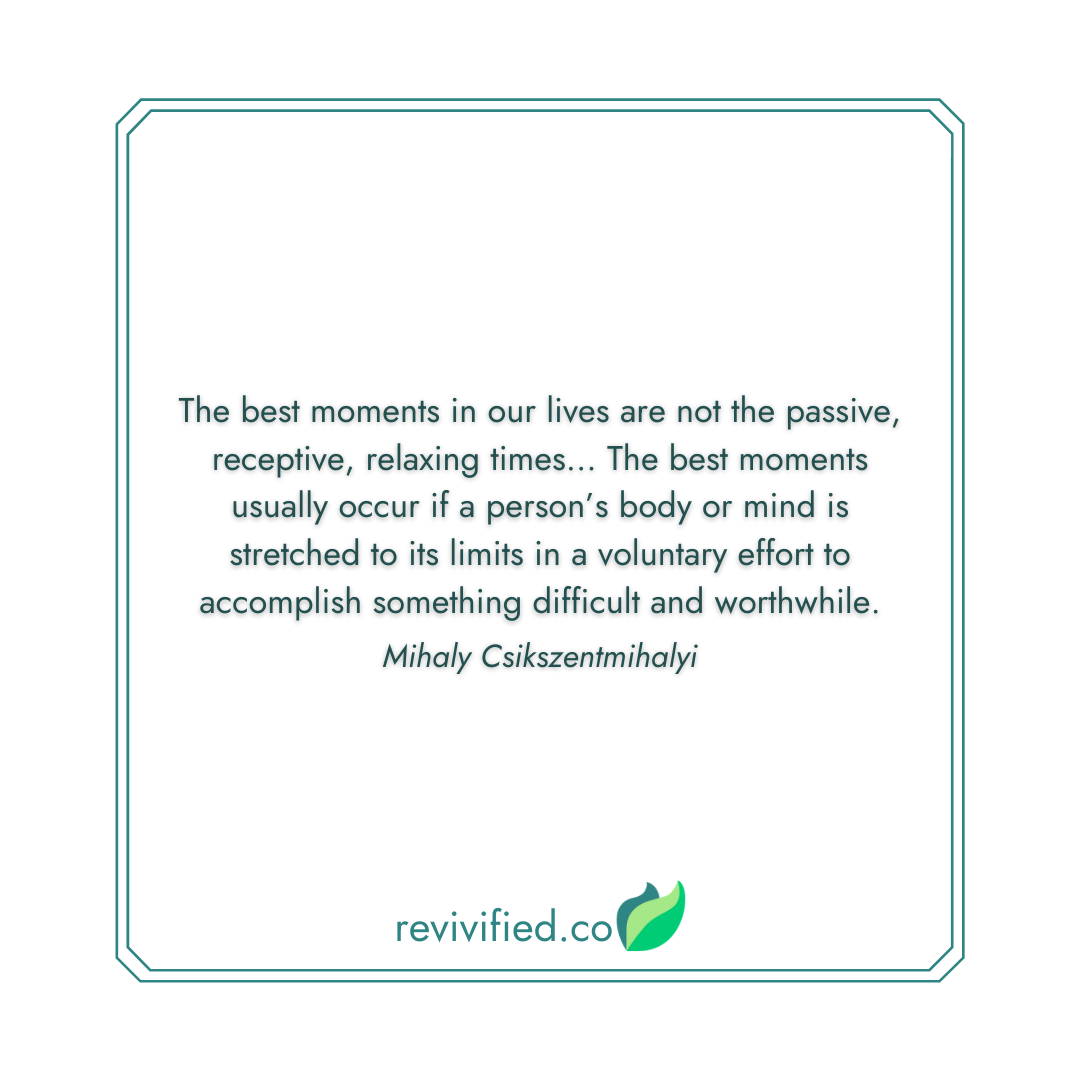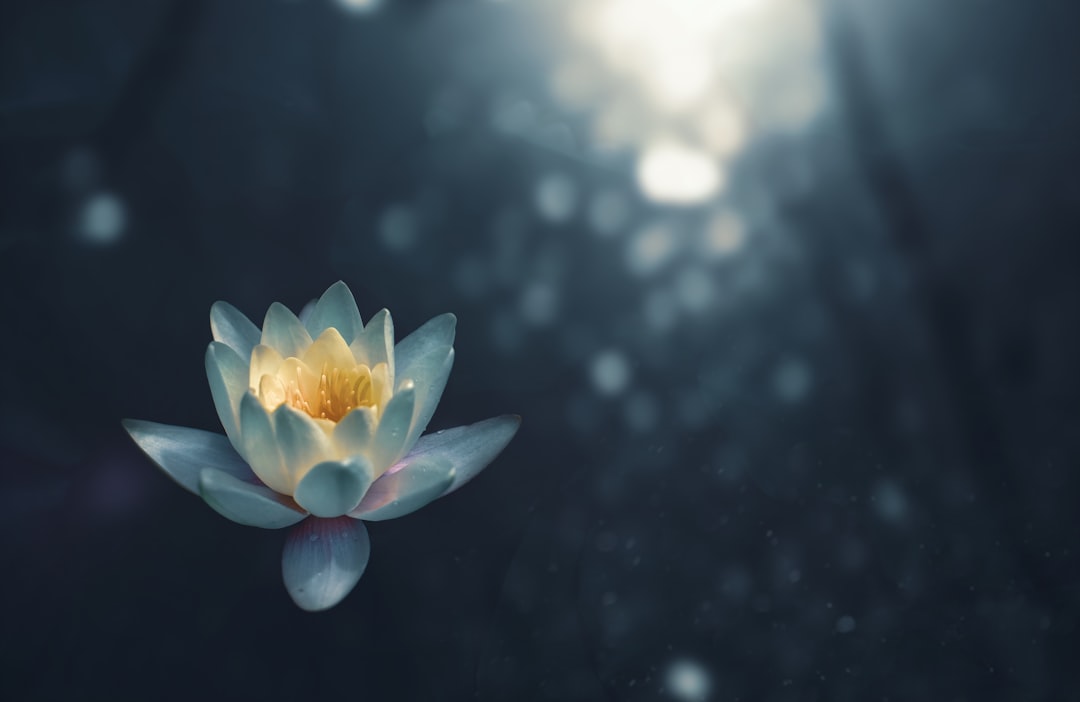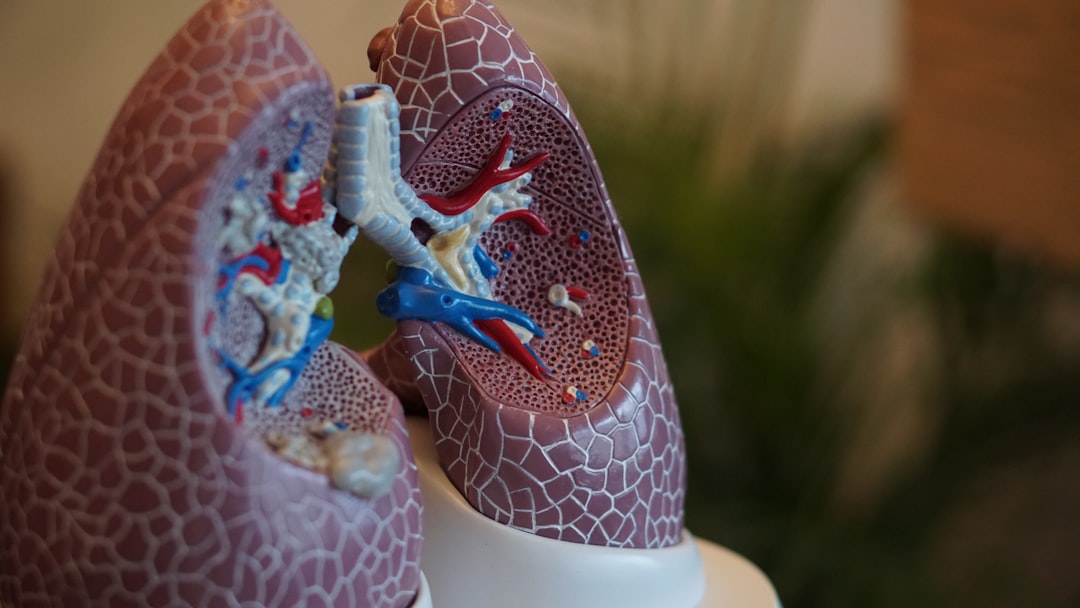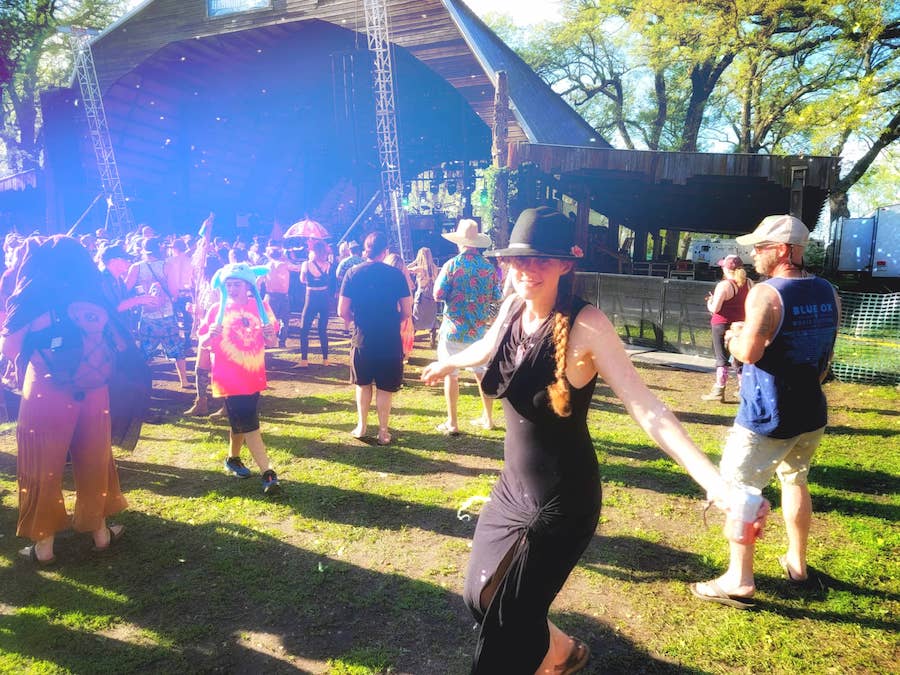Why Flow States Matter and How to Find Yours

Photo by Nicole Geri on Unsplash
Have you ever gotten yourself so immersed in an activity that time seemed to wither away, as all your focus, your energy, and your emotion were only poured into what was in front of you? Perhaps you started at 9 am, then seemingly moments later when you looked up at the clock it was 4 pm and you hardly noticed that your bladder was bursting at the seams?
This is what psychologists call flow states, and their existence is actually backed up by science. Flow states are accessed when you are so completely immersed in what you are doing that your sense of time seems to disappear, and all your mental and physical energy is being put into only the activity at hand.
Psychologist Mihály Csíkszentmihályi, who coined the term in the late 1960s, describes it as "an optimal state of consciousness where we feel our best and perform our best."
Although the concept of flow has been around for as long as human history, Csikszentmihalyi’s research made him the godfather of flow in the middle of the last century. Through his research, he found four fundamental consistencies with the flow:
- Flow has definable characteristics, including total absorption, everything else disappearing, action and awareness merging, sense of self vanishing, a distorted sense of time, and all aspects of performance increasing considerably.
- Flow is measurable.
- Flow is universal. Anybody can achieve flow if the right conditions are met.
- “Every action and decision flowing seamlessly and perfectly from the first to the last,” as he described this phenomenon. This reason is why it is called “flow.”
According to neuroscience, here’s what is happening...
There is a distinct pattern in the brain that is occurring when you reach a “flow state.” There are five different neurotransmitters interacting when this happens: Dopamine (basically a skill booster), Norepinephrine (actually a stress hormone, but triggers a glucose response to give you more energy), Endorphins (relieve pain, induce pleasure, make you happy), anandamide (a cannabinoid, which actually feels similar to the effects of marijuana), and serotonin (the happy chemical).
When we reach a flow state, things seem pleasurable, enjoyable, and perhaps even easy. Some people are gifted with a job that puts them in a flow state. Artists, including musicians, writers, and painters, talk about getting into flow states when they immerse themselves in work. Professional athletes get into flow states and so do the weekend-warrior athletes who just derive simple pleasure from their chosen sport or activity. Even if people don’t get that desired flow from work, there may be things outside of work that get them in that blissful flow state.
Flow states don’t happen by accident, however. Although artists may have the gift of art, anybody can trigger themselves into a flow state. This powerful state of mind can help you be productive, and even just enjoy your work a whole lot more, and you don’t have to be on vacation or outside of work to achieve it.
I’d love to write out a recipe for you on how to achieve flow states. I’d give you an exact ingredients list measured down to the gram, then a step-by-step tutorial to get your brain into this wildly blissful state.
But I can’t quite do that.
What works for me may not work for you. And what works for me right now may change in the next 10 years, or 20 years. I used to get in a flow state with my coloring books as a kid, but these days I’m not much of a color-er so I can’t say I’d achieve the same flow state as I did then anyway.
There are a few common threads with flow states, however, that I can outline for you here. Some may be more relevant to you than others, and some may be relevant now but not down the road.
Here they are...
Flow states start with motivation.
There are two types of motivation - intrinsic and extrinsic. Extrinsic motivation is something that is controlled externally, for example, making money. Making money can be a good motivator for a while, but once your bills are covered and you have a little extra on the side, its motivational powers dim down. Extrinsic motivation is typically short-lived.
Intrinsic motivation is doing something because you love it, and this is where flow states come in. Csikszentmihalyi believed the highest intrinsic motivation is a flow state where consciousness is lost and time means nothing. Whatever gets you there, whether it be skiing down a snowy mountain, riding that perfect wave on your surfboard, or working on the next chapter of your novel, these are the motivators that you do out of pure love and unbounded joy.
Connect with what you’re doing.
If you’re looking for a flow state at work, you’ve got to be more intrinsically motivated by your purpose at that job than you are by the paycheck you bring home. If we don’t feel that deep connection and that preponderant sense of purpose at work, it’s going to be impossible to reach a flow state. You have to believe in what you are doing.
Get rid of distractions.
In case you haven’t heard, multitasking is a lie. We can’t do more than one thing at once, at least not very well.
Neurologically, we just switch from one task to another while losing momentum and quality at both simultaneously.
In order to reach a flow state, you’ve got to get rid of your distractions. Turn off your cell phone, close the tabs on your computer with your emails open, and block out a period of time to only focus on the task at hand. A distraction will be enough to knock you out of the flow state you have just worked so hard to achieve.
When are you at your best?
Everybody has different periods of the day when they are most productive. Some people get up early and can crank out lots of work first thing in the morning then are done by lunch, and some people don’t get inspired until late at night.
Find the time of the day when you work your best and plan your flows around then.
Focus your mind.
Csikszentmihalyi suggested that the normal state of mind is chaotic. Your ego chats away observing and judging the world around you and left to our own devices, this chatter can get quite distracting.
Mindfulness practices like meditation help us differentiate between that ego chatter and our own consciousness. Meditation can help you gain control over this chaos, and when practiced regularly, help you with increasing attention and awareness, and decreasing undesirable emotions like anxiety.
Find the right balance between your pre-existing skills and what challenges you.
When something is too easy, we get bored. If something is too hard, we get frustrated.
In order to reach a state of flow, we must find a balance between these two places. When we are in optimal flow, there will be a balance struck between what is challenging us to make us grow and improve upon ourselves, and the skill sets that we already have.
If you are a painter, you likely won’t get into much of a flow state crunching numbers as your accountant does, but you may find flow pushing the boundaries of what you paint to challenge and grow the skills you already hold dear.
Keep on learning.
What works will change over time. And it’s personal for you. If you reach a point in life where you believe you know everything, work comes easy, and you are no longer challenged, you are likely to get bored. When boredom comes, the flow goes, and fear takes its place.
Csikszentmihalyi believed that when schooling ends, a different sort of learning needs to take its place; an intrinsic style of learning for learning’s sake. As most adults know, school is really only the beginning. We spend so much more of our lives outside of academic institutions (unless you’re a teacher or a student-for-life) than we do inside of them. Learning can come from life and experience, and you don’t need to be assigned a book report on something to go study it for learning’s sake.
Get outside.
Nature is packed with flow-triggers. We evolved with nature, but we live and work in boxes. Go look at the sky; it activates the parasympathetic nervous system and calms you down. When the nervous system is worked up, getting into a flow state becomes harder. If you get stuck creatively, go take a break in nature, then come back.
Why do we want to flow?
It can be argued that flow states can absolutely be great for your brain health. Your brain makes up 2% of your body weight but uses 25% of your energy and as much as 50% of blood supply, and this happens because your brain is constantly seeking out only one thing: Information.
When you stop feeding your brain information, it uses less energy, and the shrinking begins.
While brain atrophy can also be attributed to disease and injury, there are a small group of medical pioneers that are using lifestyle changes to treat diseases like Alzheimers, a brain atrophy disease that is expected to triple in numbers in the next thirty years. Doctors Dean and Ayesha Sherzai are a part of this group, and treat Alzheimer's with lifestyle interventions such as diet and stress management.
In their interview with Jason Wachob on the mindbodygreen podcast (episode 289), Dean explains, “It becomes exponentially more important to challenge your brain around your purpose as you get older. Don’t retire, rewire, reconnect.”
If we achieve a flow state, the neurotransmitters in our brain are functioning smoothly and optimally. We have struck a balance between passion and challenge, we’ve found intrinsic motivation and connection to our purpose, and, according to the Sherzais, we are forming nearly 30,000 new connections per neuron.
As we age, maintaining these connections becomes increasingly more important to continually pump energy to our brains and prevent the brain atrophy that eventually leads to diseases like Alzheimer's. Finding ways to achieve flow states can help foster those connections, maintain an energy flow to the brain, and potentially help maintain brain health as you age.
Keep on flowing.
At first, flow states might be difficult. You might need to search for the intrinsic motivation behind your job or get used to not looking at your smartphone every so often. If you’re used to distractions or jumping around from task to task, a flow state in and of itself might feel like a challenge.
Think of it like a muscle, though. The more you exercise it, the more you feed it nutrients and protein, the stronger it gets over time.
Start small with your flow states. Don’t worry about zoning out in your work for 8 hours straight. Aim to achieve a flow for say 30-minutes, then increase that number as you begin to feel that flow.
The more you flow, the easier the flow will come.













If you enjoyed this article or recipe, please consider giving it a comment! It helps others discover my blog and recipes, and your comments always make my day :) Thank you for your support!
Your email address will not be published. Required fields are marked *